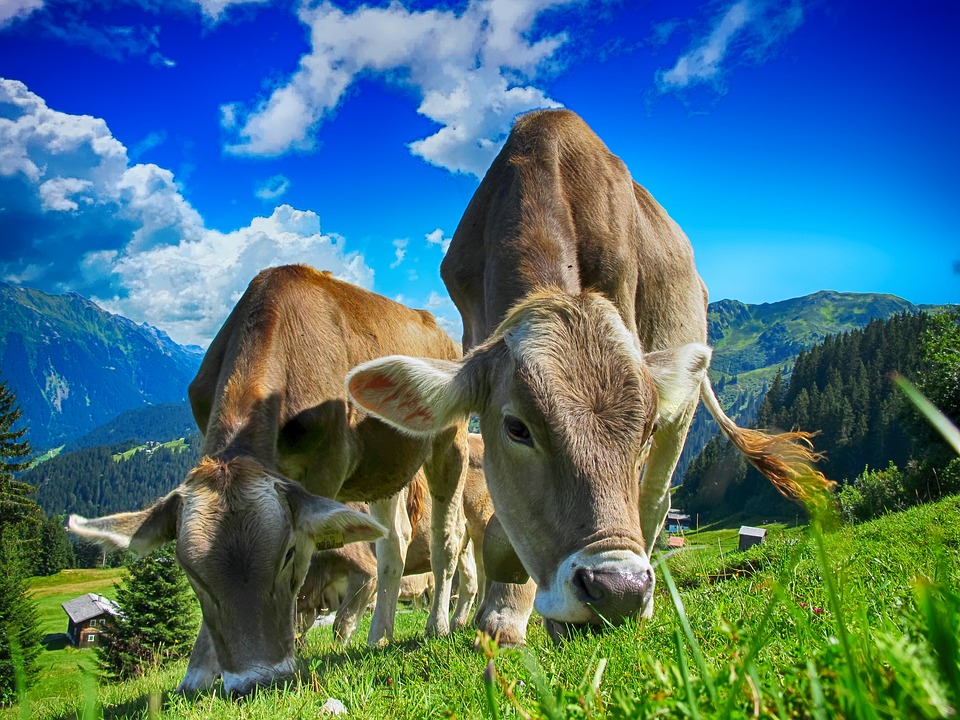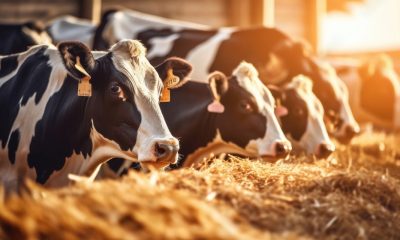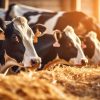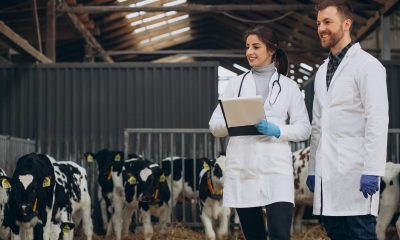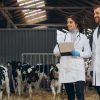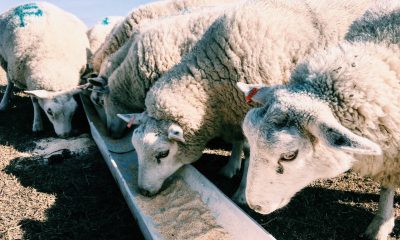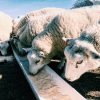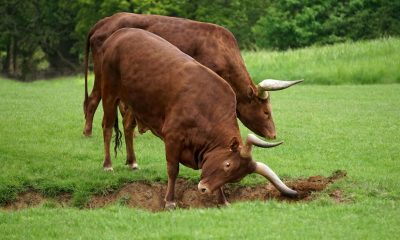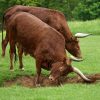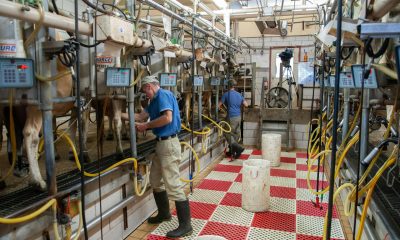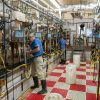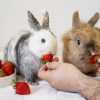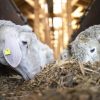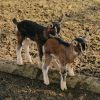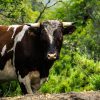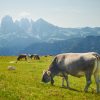Healthy nutrition is the vital element in the growth process of any living species. The very existence of livestock too depends on the availability of proper feed. The major part of cattle feed comprises of grass which is great for digestion and better working of rumen but it is also crucial to add fat supplements to the diet since grass may not provide the required amount of lipid needed to the cow’s body. Fat needed for the cattle nourishment is derived from animal and vegetable sources. Most of the lipid comes from oil in case of vegetable sources while fish, lard, tallow etc form a major source of animal fat. The fat from vegetables sources include canola, cotton seeds, linseed, safflower, soybeans, sunflower and corn. The cotton seeds and soybeans are provided as whole to the cattle but canola, linseed or flaxseed and safflower are not given as a whole but the meal which is leftover after extraction of oil is made available to the cattle. Corn is provided to the cattle only to make it fat and sell as soon as possible. It is however recommended not to give the cattle corn since it adversely affects the rumen and the fiber digestivity of cows. Some farmers do start giving corn before a month of slaughtering so as to attain higher weights yielding to more money.
The animal fat is derived from fish, lard and tallow. All these have to be thoroughly heated before transportation or storage. Even mixing these fats into desired consistency required them to be at high temperatureand the process is undertaken carefully as a minor mistake may change the entire ratio of feeds affected the health of livestock.
The commercial fats available in the market are also a major supplement since these contain the exact amount of lipid needed for the cattle’s overall growth. It is recommended to add 1% to 3% fat in the cow’s diet so as to not hamper its capacity to digest the fiber intake. These kind of feeds are convenient to use since they do not have the hassles of heating, mixing and storing. Buying a pack of commercial feeds and bestowing it on the cattle is the easiest thing to do.
The kind of feed to be given is decided while keeping in mind the three factors which are palatability, inertness and digestibility. Palatable refers to the taste of feed whereas inertness is the effect on rumen. Digestibility refers to the functioning of cow’s digestive system. Special care has to be taken while providing fat to lactating cattle. Cows tend to shed a lot of weight during the postpartum period and the lack of nutritional feed plays a major role in lesser milk production. The normal fats cannot be given at this stage since they adhere to palatable issue hence The National Dairy Development Board recommends Bypass fat which contains just the accurate amount of essential lipids which help in more production of milk and a healthy calf. The Bypass feed is catered before 10 days and after 90 days of calving Lipid is an important element in cattle feed since these help in boosting their energy and milk production. Consuming fat also increases progesterone simultaneously adhering to the fertility of cows. Fat is an important element but the knowledge of providing a meal with the exact amount of lipid is crucial since overdose can lead to harsh effects to the cattle.
The presence of fats in the cows body leads to milk which is more nutritional and high at butter fats. This results in greater demand of milk and milk products which simultaneously increases the cattlemen’s income.
Animals are pure and its our duty to fulfill their needs and provide nutritional feed since we are the ones who would eventually benefit from the products they provide us.
